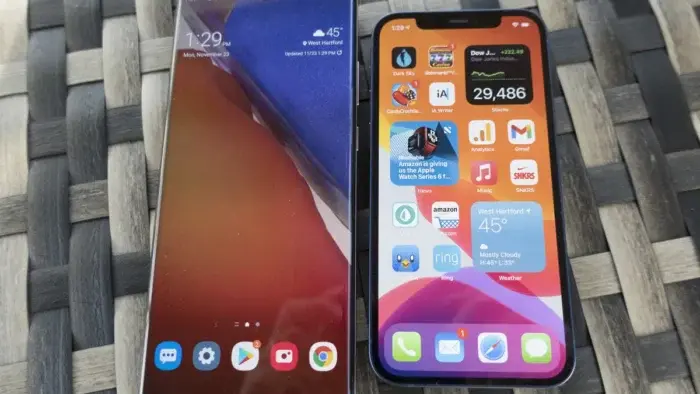In recent times, some in the Android community have expressed concerns that Google’s developer team may be prioritizing other platforms, like iOS, over their own operating system. However, a closer look reveals that Android OS continues to offer unique advantages that users appreciate. These include deep integration, extensive customization options, and access to cutting-edge features not found elsewhere. From the seamless operation of Google Assistant to the early release of innovative features and exclusive apps, Android remains the preferred choice for experiencing Google’s wide range of services.
Google Services Integration on Android is Better than iOS 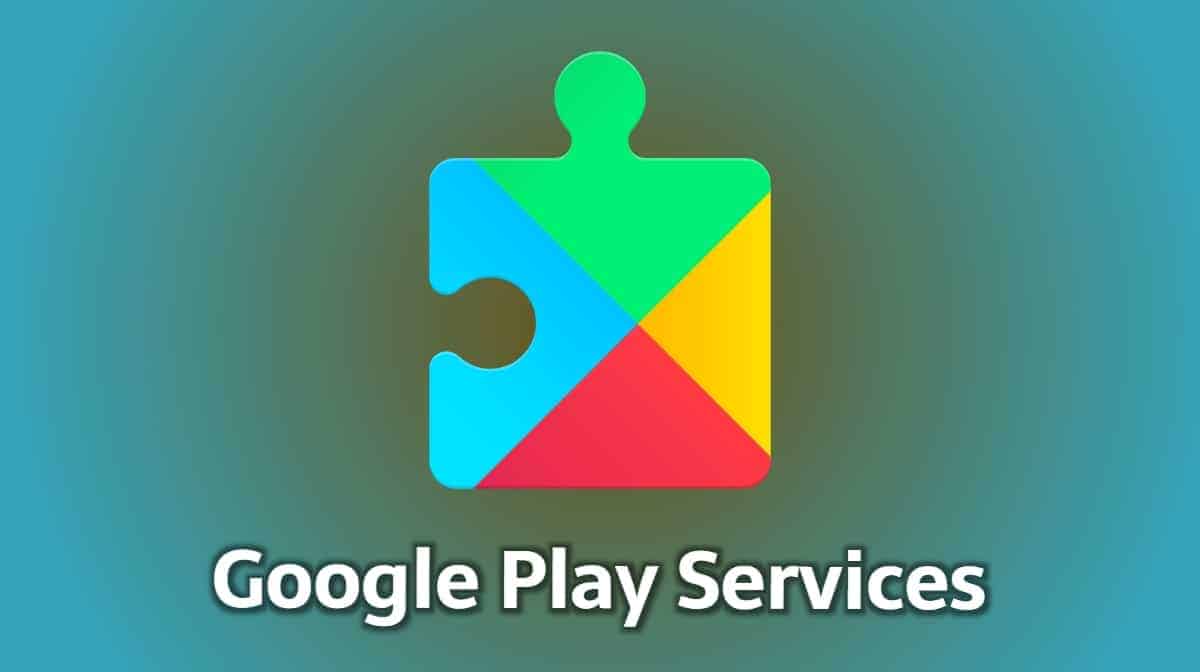
Google Drive and Google Photos are extremely popular on iOS, ranking high in the App Store’s Productivity section. Their appeal is clear: the apps are well-designed, fast, and offer generous storage options (15GB for free, compared to Apple’s 5GB free tier). However, iPhone users may not fully appreciate the integration these apps have with Android.
Android users enjoy a deeply integrated experience with Google Drive, including automatic backups of device and app data. This means important things like settings, contacts, and messages are safely stored on Google’s cloud service and easily accessible from any device or app. The convenience extends to Google Photos as well. Auto-uploading to Google Photos’ cloud storage is seamless on Android, providing instant backups and access to AI-driven organization and search features.
Google Assistant Works Better on Android than iOS 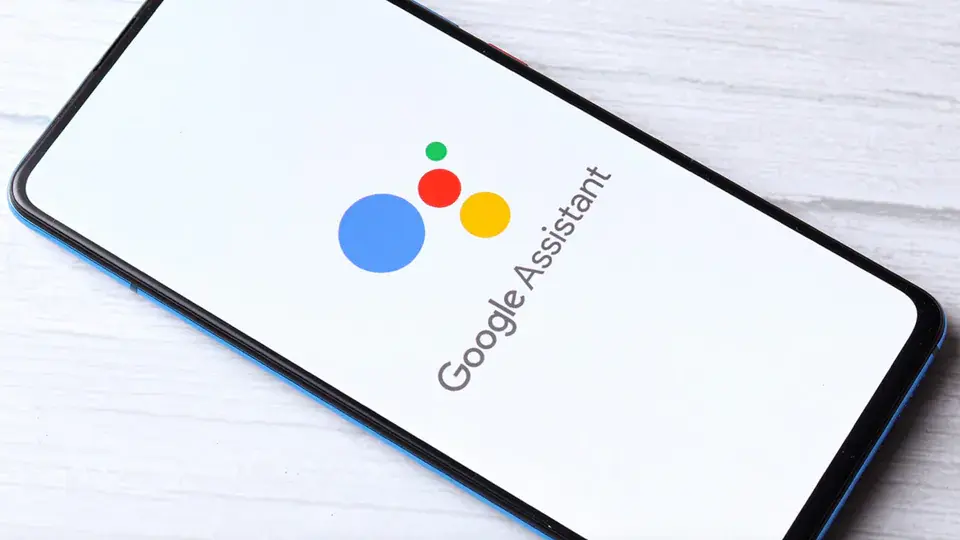
Google Assistant exemplifies the deep integration Android offers with Google’s services. While iOS users and users on other platforms can use it as a standalone app or feature, Android users can summon it from anywhere on their devices. This means they can say “Hey Google” from anywhere in their house, rather than having to locate a supporting device.
The level of control Android users have over Google Assistant allows them to perform tasks like sending texts, finding context-sensitive help based on their screen content, and interacting with third-party apps seamlessly.
Moreover, the Google Assistant experience is highly personalized on Android. It learns from users’ habits, preferences, and past interactions to provide customized responses and suggestions. By integrating data from other Google apps and services like Maps and Calendar, it offers helpful information such as when to leave for an appointment based on traffic conditions. These features are made possible by the deep integration of Google Assistant into the Android platform.
Android Apps Integration with Google Maps is a Step Ahead of iOS 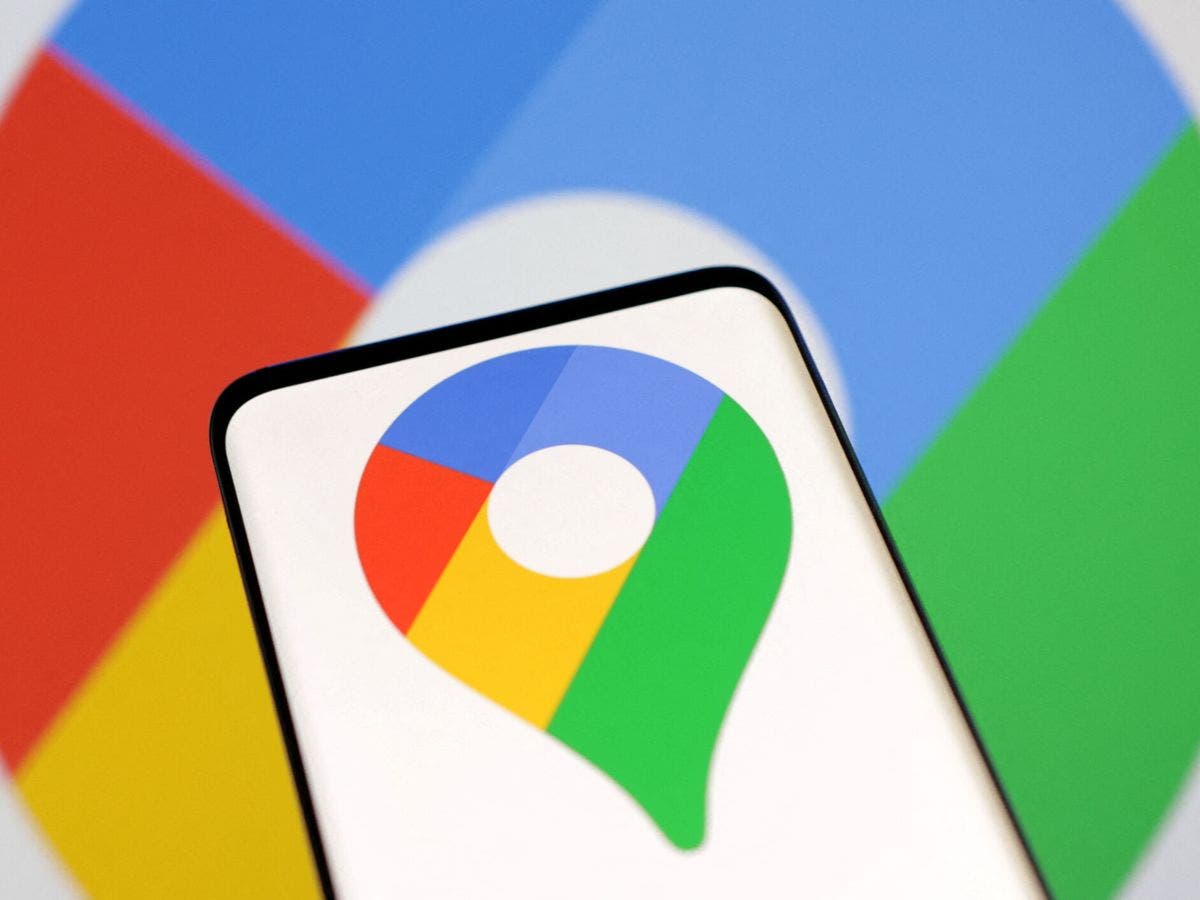
Google Maps offers a superior experience on Android for various reasons. When you tap on address links on your Android device, it seamlessly launches the Google Maps application, allowing you to access contextual information such as nearby food and gas stops, as well as directions. While it’s possible to set Google Maps as the default on iOS, the experience will never feel as cohesive or native as it does on Android.
Furthermore, the integration of Google Maps within the Android OS extends to third-party apps that utilize the Google Maps API. This means users can switch between in-app maps and the actual Maps app seamlessly. Additionally, Android users benefit from extensive voice command options via Google Assistant, enabling them to find nearby places and navigate without needing to touch or look at their phone.
Android users also have access to home screen widgets that provide convenient ways to interact with Google Maps. For example, the Nearby Traffic widget displays local traffic conditions on a live map directly from the Home screen. These features contribute to a more integrated and user-friendly experience with Google Maps on the Android platform.
Chrome Browser on Android is More Integrated than iOS 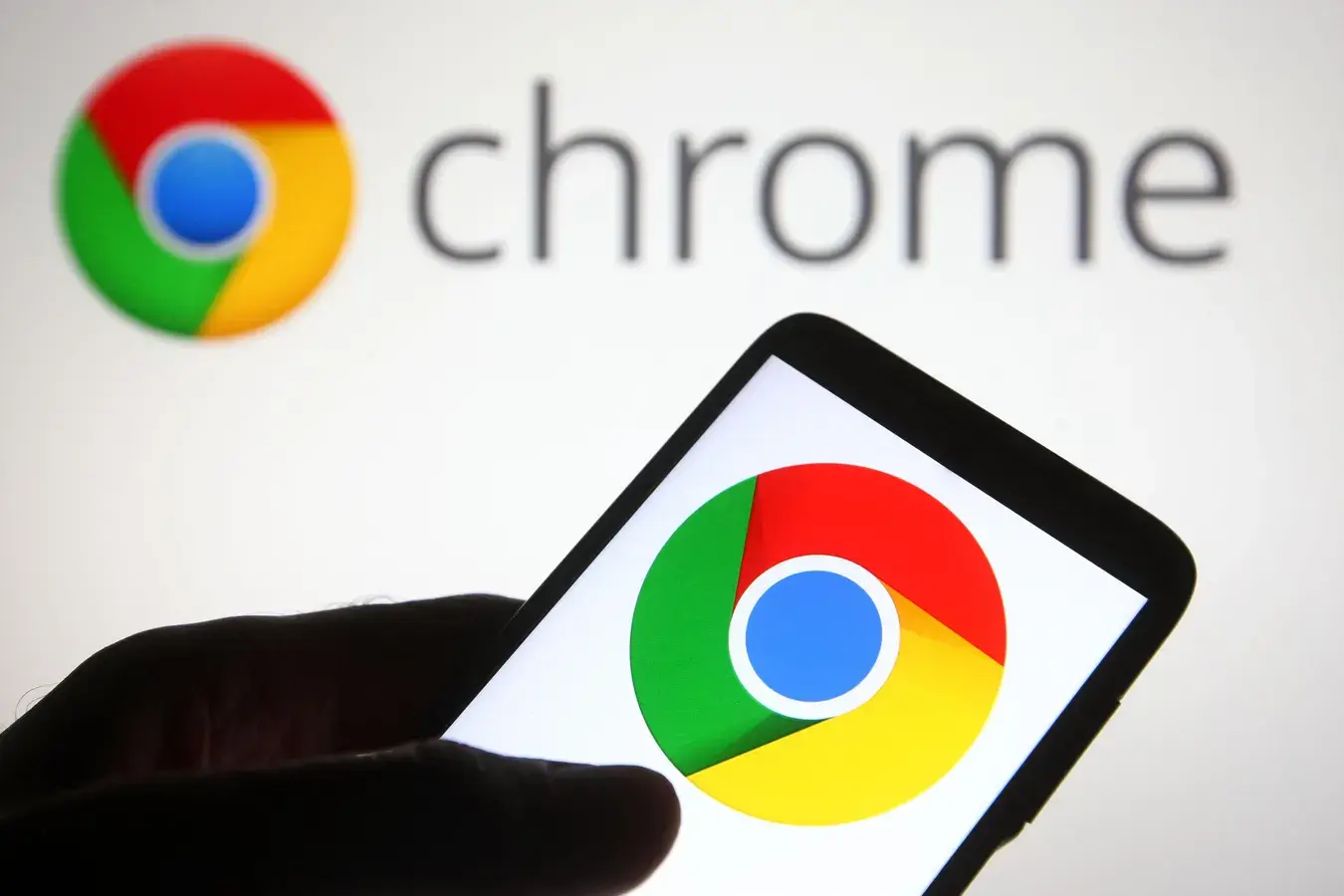
The Chrome browser on iOS differs from its Android counterpart in several ways. While the iOS version may have a sleek appearance and a conveniently located address bar, it runs on Apple’s WebKit engine rather than Google’s Blink engine. As a result, it’s not technically Chrome in the same sense as the Android version.
On Android, users benefit from the full capabilities of Google’s web technologies and enjoy deeper integration with the operating system and other apps. Tapping on web links seamlessly launches the Chrome browser, where users can access their profiles, passwords, and other personalized settings. This integration enhances the browsing experience and ensures a consistent and familiar user interface across different devices and platforms.
Exactly, on iOS, although you can select Chrome as your default browser, some system functions still lean toward Safari. This limits the seamless integration that Android users enjoy with Chrome. For example, features like Siri suggestions often default to Safari, and the level of integration with Google Assistant and other Google services may not be as robust.
Moreover, Chrome on Android offers additional features such as tab syncing across devices, password management synced with your Google account, and seamless interaction with Google Assistant for voice searches and commands. These functionalities are not fully replicated on iOS due to Apple’s restrictions on how deeply third-party apps can integrate with its operating system. As a result, Android users tend to have a more cohesive and feature-rich browsing experience with Chrome.
New Features for Google Apps Launch Earlier on Android than on iOS 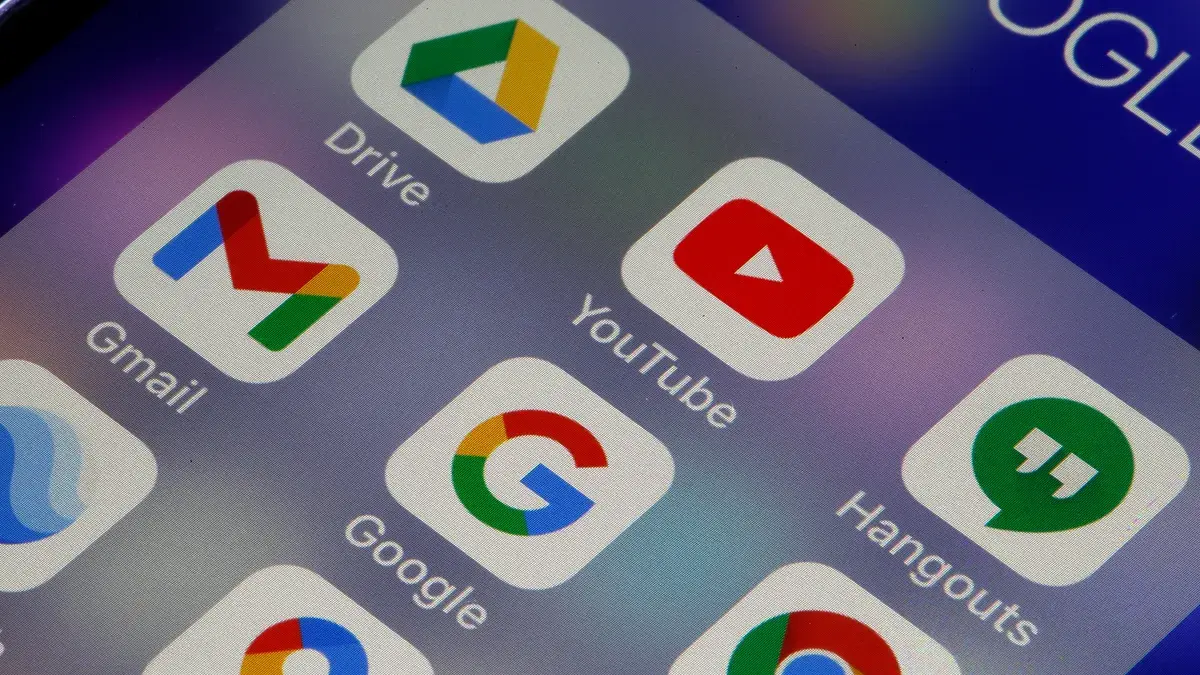
Google Assistant is a prime example of how Android users had early access to groundbreaking AI capabilities. Initially exclusive to Pixel devices, Google Assistant gradually rolled out to other Android devices before launching on iOS as a standalone app. This gave Android users a head start in experiencing the potential of AI, from real-time language translation to personalized daily routines and context-based actions.
Moreover, Android users were the first to explore innovative features like Live View for AR-based navigation and Google Lens for visual search using their device’s camera. These advancements not only showcased the power of Google’s ecosystem but also benefited from user feedback, shaping them into essential components of the Android experience.
Overall, Android’s deep integration with Google’s services and its role as a platform for innovation make it the ideal environment for experiencing the future of mobile technology. With a cohesive experience and early access to cutting-edge features, Android users continue to be at the forefront of mobile innovation.
Conclusion
Concerns regarding Google prioritizing iOS over Android have surfaced within the Android community. However, a deeper examination reveals Android’s unwavering strengths. Its core advantages lie in deep integration with Google services, extensive customization options, and a consistent flow of pioneering features.
Firstly, Google services like Drive, Photos, and Assistant seamlessly integrate with Android, offering a superior user experience compared to their iOS counterparts. On Android, Google Drive offers automatic backups of device and app data, ensuring your settings, contacts, and messages are readily accessible across devices. Similarly, Google Photos offers effortless auto-uploading to its cloud storage with AI-powered organization and search features.
Secondly, Google Assistant exemplifies the profound integration Android boasts. While usable as a standalone app on other platforms, Android users can summon it from anywhere on their device, eliminating the need to locate a specific device. This enhanced control allows Android users to perform tasks like sending texts, accessing context-based help based on their screen content, and interacting seamlessly with third-party applications.
Moreover, Google Maps offers a superior experience on Android. Tapping on address links seamlessly launches the app, providing contextual information about nearby restaurants, gas stations, and directions. While iOS allows setting Google Maps as default, the experience lacks the native cohesiveness felt on Android.

